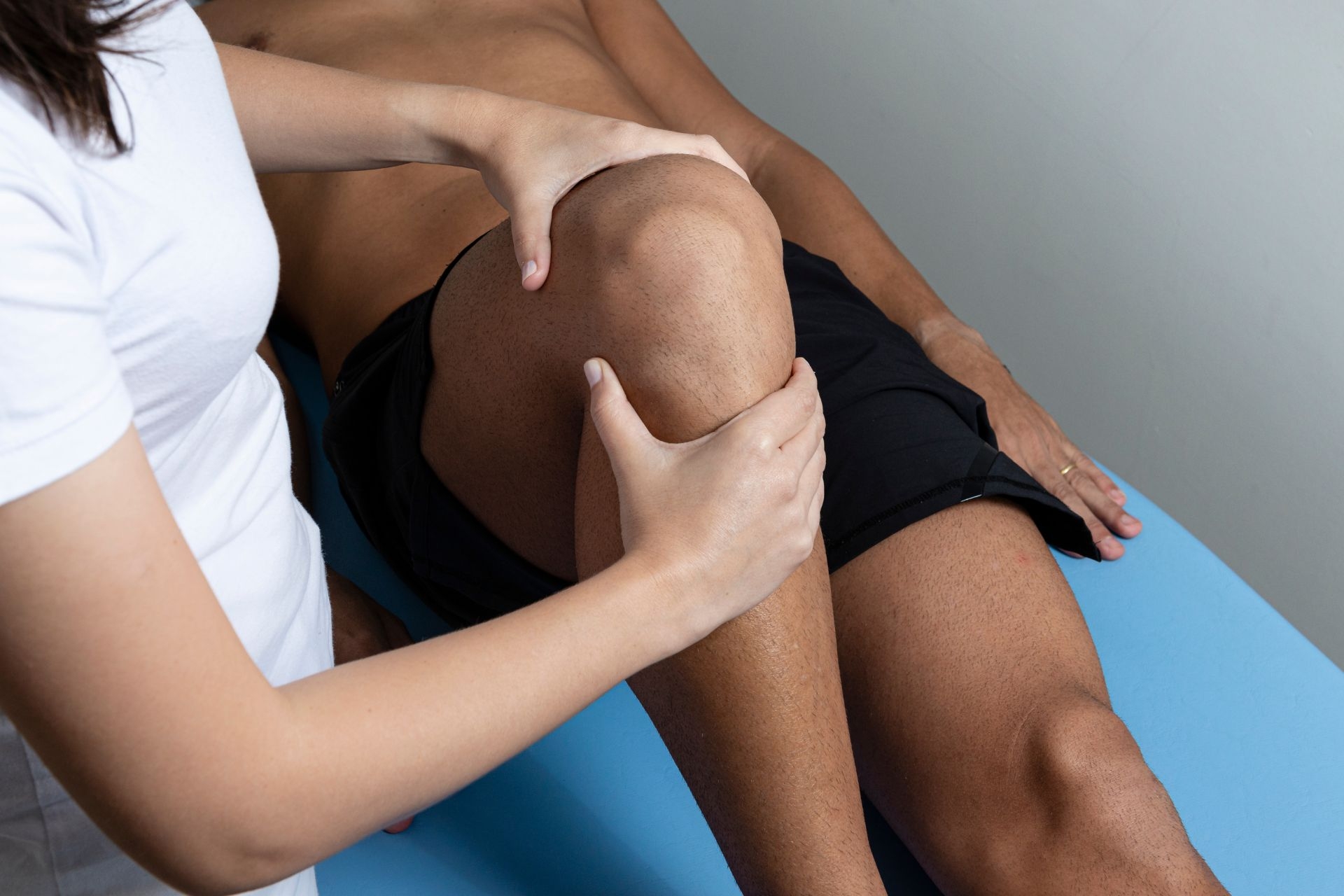Patellofemoral Syndrome
How does patellofemoral syndrome affect the alignment of the patella and femur?
Patellofemoral syndrome affects the alignment of the patella and femur by causing the patella to track improperly along the femoral groove. This misalignment can lead to increased pressure and friction between the patella and femur, resulting in pain and discomfort in the knee joint. The patella may also tilt or shift out of its normal position, further exacerbating the issue and causing instability in the knee.
Temporomandibular Joint Dysfunction (TMJ)



